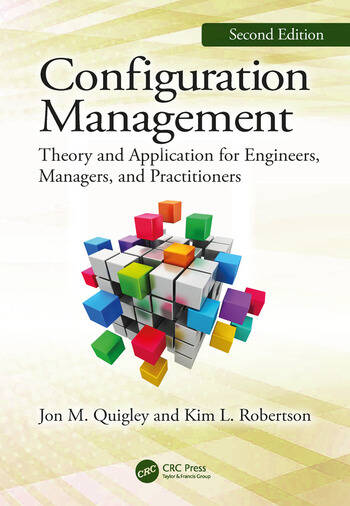If both the AFL-CIO and the National Association of Manufacturers (NAM) support a bill, it should be a lock to pass. Alas, that is not the case with the Biden administration’s infrastructure bill.
In July, a bipartisan group of 22 senators and the Biden administration reached agreement on a framework for $1.2 trillion in infrastructure spending. All that remains is for Congress to turn that framework into legislation that can be signed into law.
The lawmakers worked for weeks to craft an infrastructure package that could get through Congress with support from both parties. The framework proposes $579 billion in new spending. Some $312 billion will go to transportation, including $109 billion invested in roads, bridges and other major projects, $66 billion in passenger and freight rail, and $49 billion in public transit. Only $15 billion will go toward electric vehicle infrastructure and electric buses and transit, a fraction of what Biden first proposed. The plan would also put $266 billion into other infrastructure, including $73 billion for power, $65 billion for broadband, and $55 billion for water.
“The investments we’ll be making as a result of this deal are long overdue,” said Biden after announcing the agreement, adding that it would create jobs and help to close the “digital divide” by expanding internet connection.
“None of us got all that we wanted,” Biden conceded. “I didn’t get all that I wanted. But this reminds me of the days we used to get an awful lot done up in the United States Congress.”
Deciding how to pay for the plan is the challenge to come. The group—11 Republicans and 10 Democrats—have proposed various methods. They do not include an increased gas tax or electric vehicle user fee, which Democrats opposed, or an increase to the corporate tax rate, which Republicans resisted. The proposal calls to increase IRS enforcement to ensure wealthy people pay the taxes they owe. It also would redirect unused state and local coronavirus relief funds to infrastructure. The framework proposes private-public partnerships and bonds, among other potential funding mechanisms.
The framework is supported by the Coalition for Bipartisan Infrastructure Investment, a group of more than 20 business and labor organizations that includes the NAM, AFL-CIO, U.S. Chamber of Commerce, Business Roundtable, and the National Retail Federation.
“Infrastructure modernization is a critical component of long-term economic growth and improved quality of life for every American,” says NAM president and CEO Jay Timmons. “Our organizations commend the bipartisan group of 22 senators and the Biden administration on finding common ground and reaching agreement on a historic $1.2 trillion infrastructure framework. Momentum is building, as seen by the endorsement of the framework from the Problem Solvers Caucus.
“Now is the time to turn these promises into projects,” he continues. “We urge Congress to turn this framework into legislation that will be signed into law, and our organizations are committed to helping see this cross the finish line. Enacting significant infrastructure legislation, including investments in our roads, bridges, ports, airports, transit, rail, water and energy infrastructure, access to broadband, and more, is critical to our nation and will create middle-class family sustaining jobs.
“Don’t let partisan differences get in the way of action—pass significant, meaningful infrastructure legislation now.”
We could not agree more.










